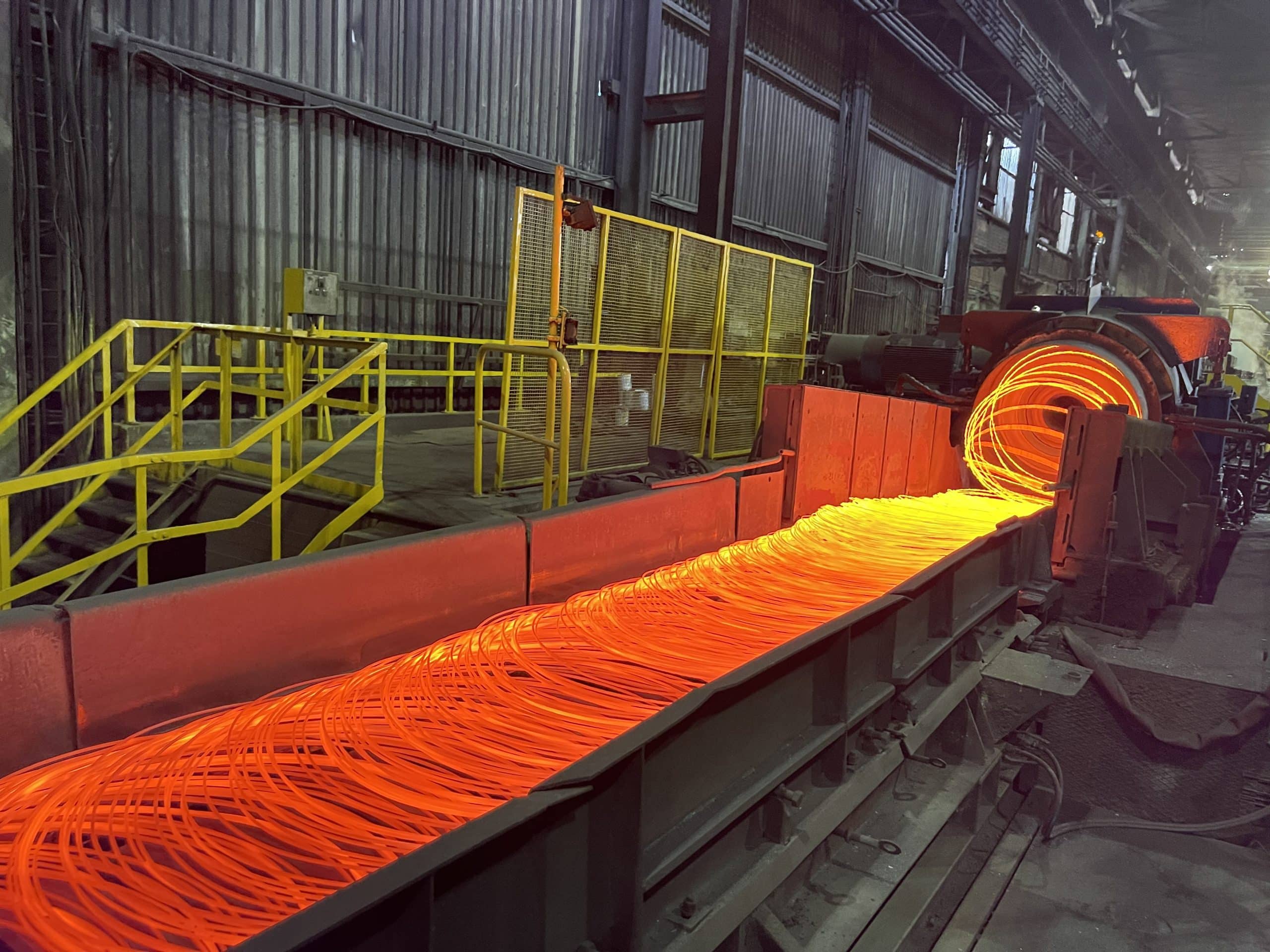Last edit: 25/01/2024

The objective of risk reduction can be achieved by the elimination of hazards, or by separately or simultaneously reducing each of the two elements that determine the associated risk:
- severity of harm from hazard under consideration
- probability of occurrence of that harm
all protective measures intended for reaching this objective shall be applied in the following sequence, referred to as the three-step method.
Step 1: Inherently safe design measures
Step 2: Safeguarding and/or complementary protective measures
Step 3: Information for use
The sooner the Risk Assessment is done, the higher is the probability of being able to reduce risk in Step 1. The later it is done, the more likely that Step 3 is used, unfortunately. Hereafter the 3 steps explained in detail.